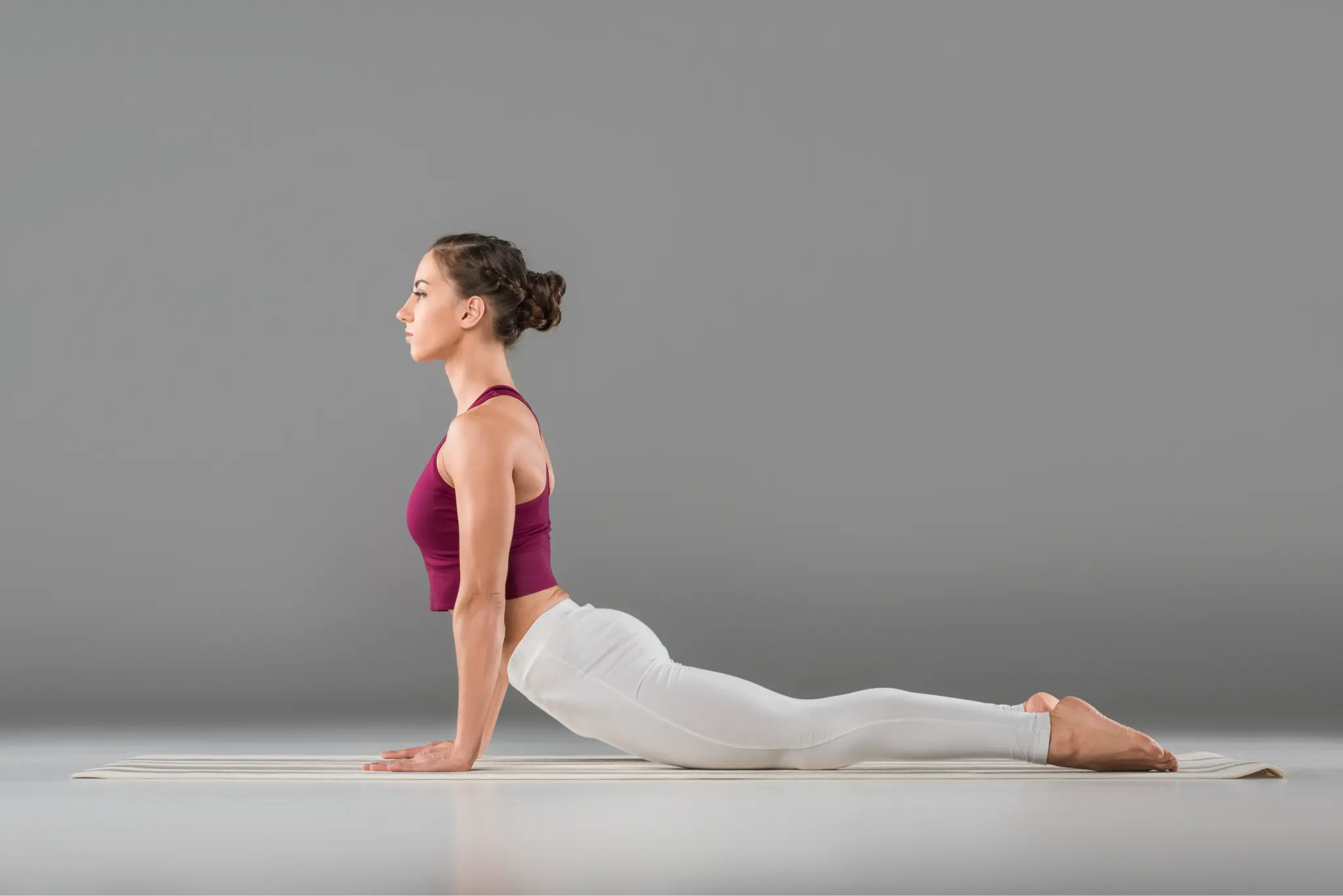Yoga for Hypertension
Explore Yoga's Path to Lowering Hypertension Naturally
Yoga not only improves flexibility and balance, but it may also lower high blood pressure. The main goal of yoga is to promote long-term well-being without the use of drugs. This natural remedy is available to everyone across the globe and has stood the test of time. Control blood pressure by combining yoga movements with breathing techniques to alleviate stress and lower blood pressure. Yoga provides a holistic approach to addressing the various factors that contribute to hypertension, by focusing on the mind-body connection, breath awareness, and physical postures. Yoga affects blood pressure by reducing stress, enhancing cardiovascular health, promoting mind-body awareness, and supporting lifestyle changes. Through relaxation, meditation, and mindfulness, yoga plays a role in reducing stress and contributing to lower blood pressure. By seamlessly combining dietary and exercise changes, yoga improves fitness and reduces stress, helping to manage blood pressure.

Balasana
Balasana allows for a peaceful and relaxing experience. Start on all fours, then bring your big toes together and slightly separate your legs wider than hip-width apart. Exhale and sit back on your heels, maintaining forward extension of your arms. Make sure your inner thighs provide comfortable support for your outer ribs. You can either keep your arms forward or move them to rest by your side. Extend your spine and stretch your sacrum towards your heels. Slightly tuck your chin to elongate the back of your neck. Place your forehead on the ground. Expand your ribcage towards your thighs as you inhale, and relax your body towards the floor as you exhale. Remain for 1–3 minutes.
66dfd52ba77ec.jpg)
Paschimottanasana
Start by sitting on the floor with your legs extended in front of you in Dandasana. Keep your back straight, with your heels extended away from your body and your fingertips pressed into the floor next to your hips. Inhale. While exhaling, fold forward from the hips, maintaining a long torso and straight spine. Extend your arms along the outer edges of your legs, reaching as far as possible while keeping your spine elongated. When possible, use your hands to hold the sides of your feet. With each breath in, gently lift and lengthen your front torso, and with each breath out, relax a bit deeper into the forward bend.

Virasana
Place your knees on the ground, keeping them hip-width apart, and point your feet straight behind you. Make sure you have a block or folded blanket for a more comfortable sitting position. Remain seated on the ground either on your feet or on a block positioned between your feet. Keep a straight back and stretch the top of your head towards the ceiling, lengthening your neck. If you experience knee discomfort, raise your seating position with extra blocks or blankets. Let your hands rest comfortably on your thighs as you close your eyes. Pay attention to your breathing. Pay attention to the duration of your inhalation and exhalation.

Savasana
Lay flat on your back with legs and arms relaxed by your side. Bring your shoulder blades down and tuck them in while slightly pulling your chin in. Relax and let your legs and feet turn outward. Allow your entire spine to relax towards the floor. For a proper Savasana, aim for a minimum of 10 minutes, although 20 minutes is even more beneficial for complete relaxation of the body and mind. It takes practice to master Savasana, so gradually increase the duration of your sessions in the pose.
